I don’t think Porto in the north of Portugal needs any promotion since it’s a Harry Potter destination, but if you want to explore the city it on your own, you might find this self-guided walking tour useful.
Porto or Oporto?
Located on the mouth of the Douro River, Porto has a long history dating back to Roman times. The city’s combined Celtic-Latin name, Portus Cale, has been referred to as the origin of the name “Portugal”. In Portuguese, the name of the city is spelled with a definite article “o Porto” — in English, the port. Therefore, its English name evolved from a misinterpretation of the pronunciation Oporto. The historic centre of Porto was inscribed in the UNESCO world heritage list in 1996. In 2014, Porto was elected The Best European Destination by the Best European Destinations Agency. 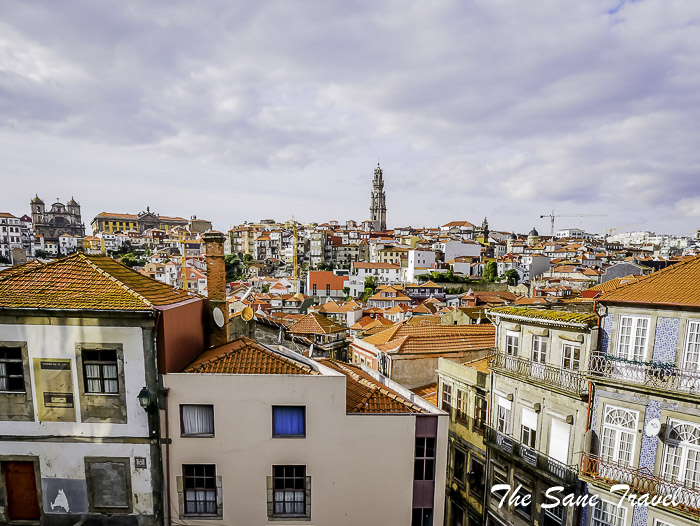
The local saying goes: “Coimbra sings; Braga prays; Lisbon shows off, and Porto works.” Historic city's wealth was based on shipbuilding and the lucrative port wine trade. Ready to explore?
Let’s start with São Bento.
São Bento
São Bento is Porto's central station, although the exterior of this grand building barely hints at its purpose. São Bento Railway Station in Porto was opened to the public in 1916. Don’t miss out on exploring its main hall. It is breathtaking with over 20,000 tiles reflecting the history of Portugal.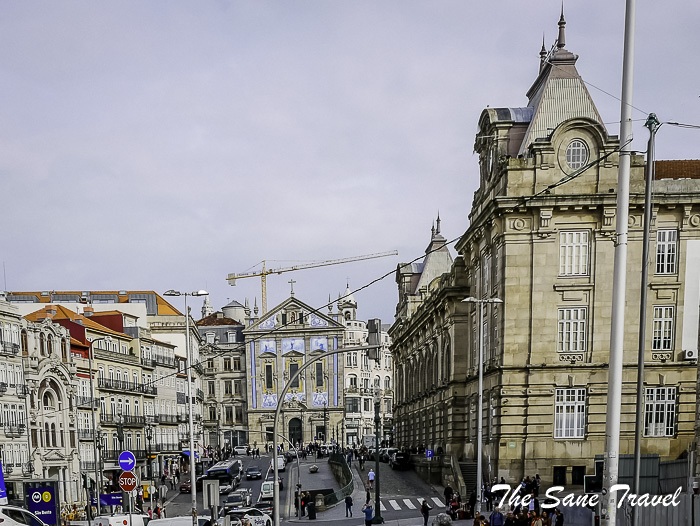
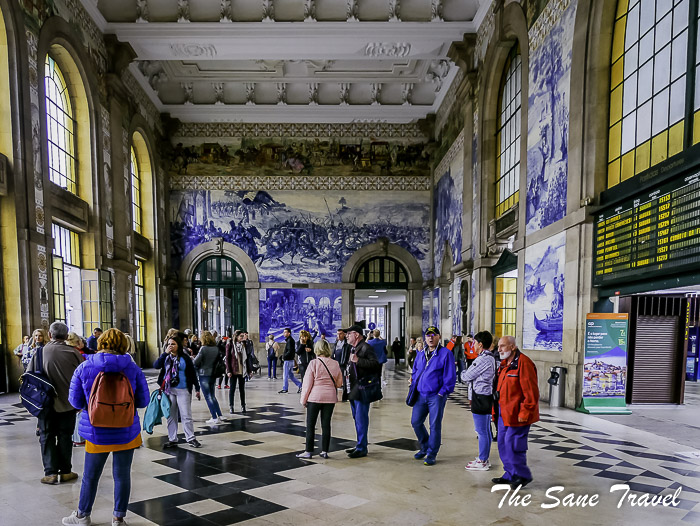
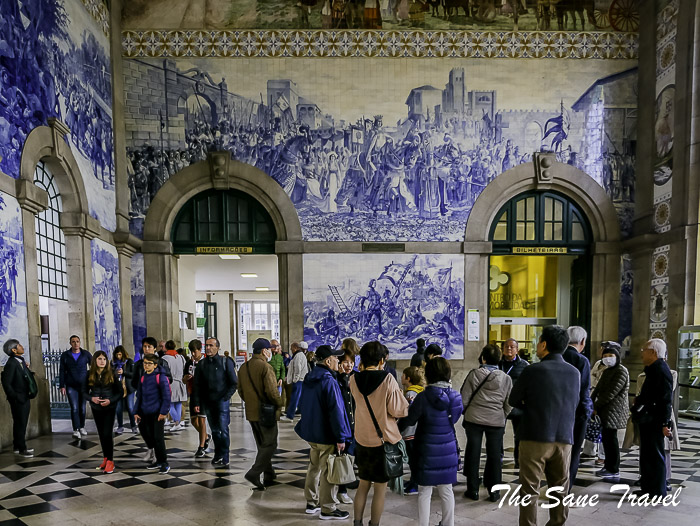 Address: Praça de Almeida Garrett. Metro: San Bento on D line.
Address: Praça de Almeida Garrett. Metro: San Bento on D line.
Then continue your way to the Liberty Square and notice Igreja de San António dos Congregados on your way.
Igreja de San António dos Congregados
Located just to the side of S.Bento Train Station, this church is dedicated to Saint Anthony. The building was constructed during the late 17th century. The facade has elegant Baroque features, including the fabulous tile work by Jorge Colaço and João Baptista Ribeiro. The tile work tells the story of St. Anthony and the Assumption of the Blessed Virgin Mary. 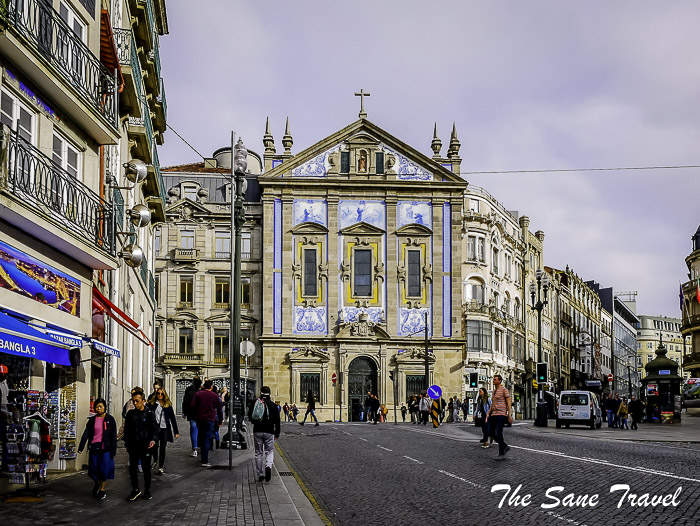 Head to Liberty Square to make your photo at the newly made City of Porto sign.
Head to Liberty Square to make your photo at the newly made City of Porto sign.
Liberty Square
The Praça da Liberdade (Liberty Square) is Porto’s main square and it connects the old town with the modern part of the city. Notice the 10-meter bronze equestrian statue of King Peter IV from the late 19th century. The King holds the Constitution in his hands and shows it to the people. Take your selfie or photo at the magnificent Câmara Municipal do Porto in the Praça da Liberdade with Porto city sign in front of it.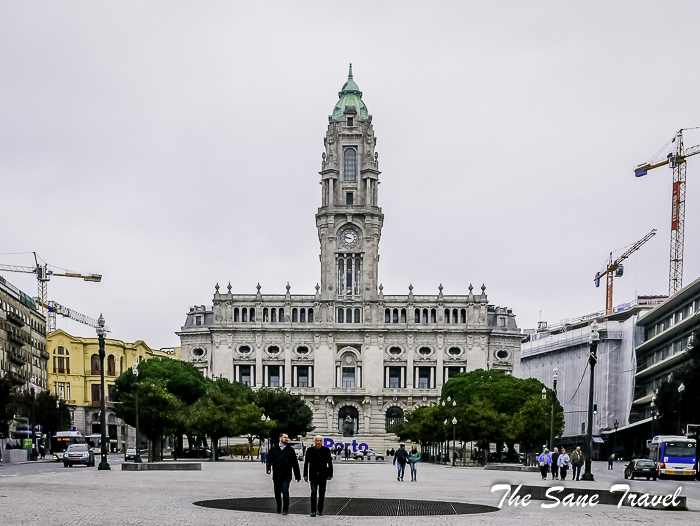
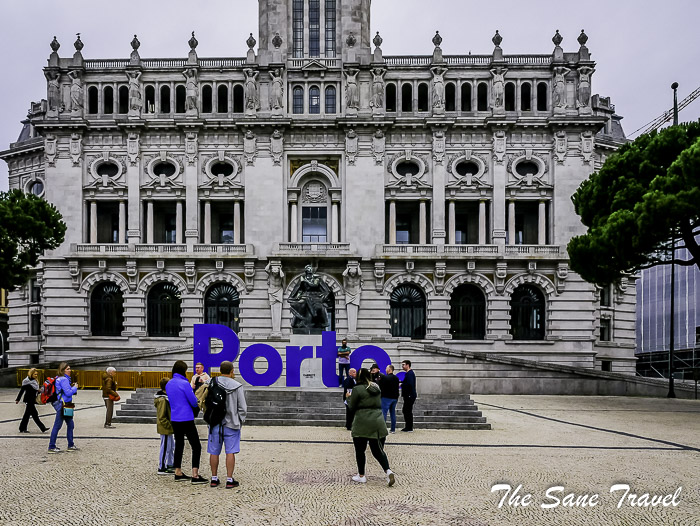
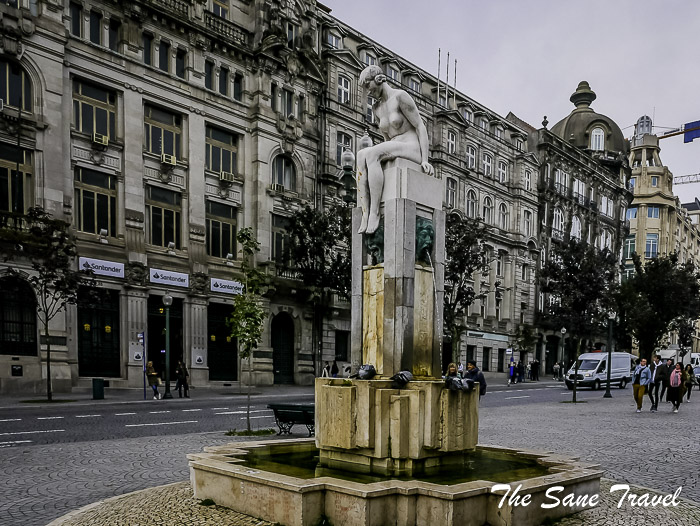 Then continue your walk to Carmo Church and the Carmelite Church.
Then continue your walk to Carmo Church and the Carmelite Church.
Carmo Church and the Carmelite Church
What’s special about these two churches is the fact that the Carmo Church stands side by side with another church, the Church of the Carmelites. The Carmelite Church belonged to the Barefoot Carmelite monastery, and the Carmo Church is owned by the Third Order of Carmo. Both churches are separated by the narrowest property of the Porto Casa Escondida, just one metre wide. The Carmelite Church was built in the 17th century, and, as the name suggests, it was populated by the Carmelite order of nuns. The Carmo Church was built in the 18th century. It is much more eye-catching, being an expression of the Baroque style. It has seven altars and the exterior is decorated with white and blue ceramic tiles.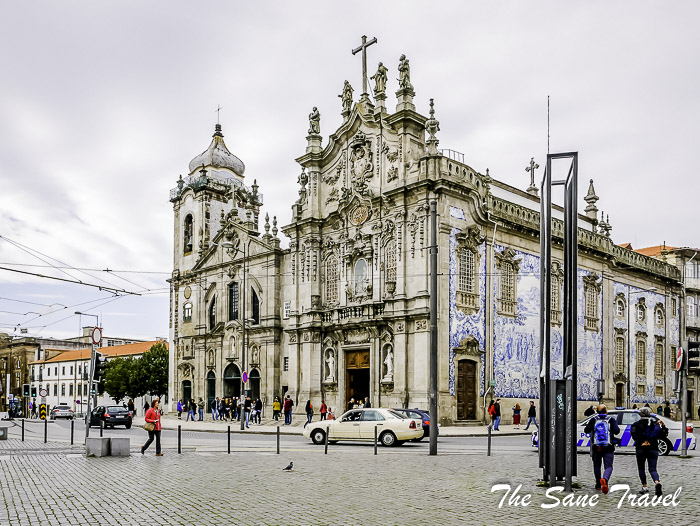
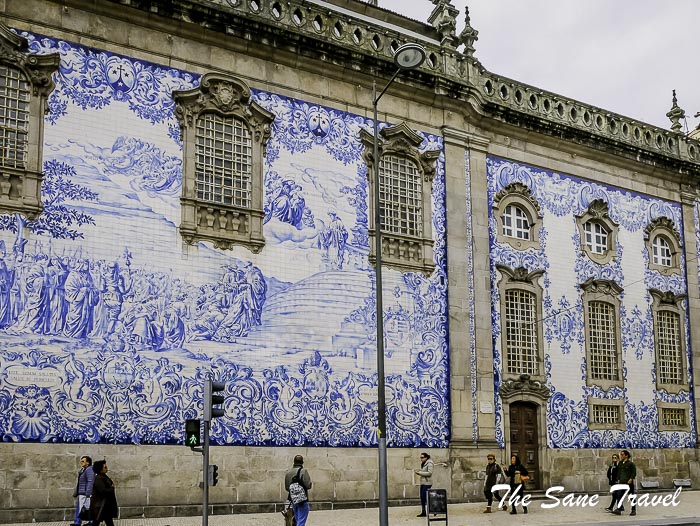
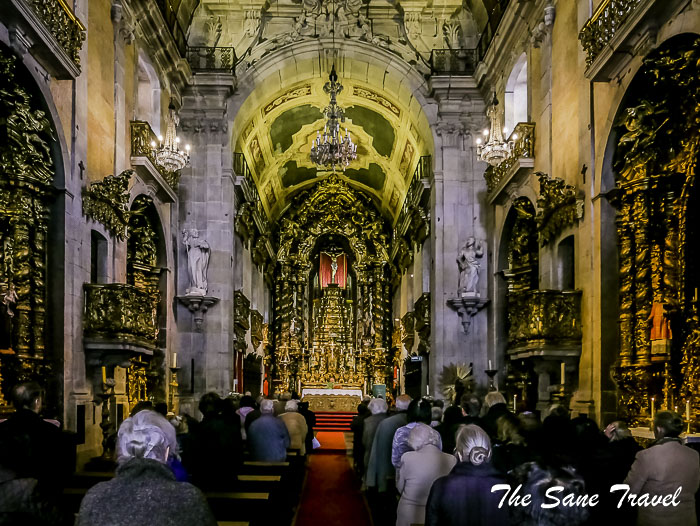 Address: Rua da Carmo. Then head to Livraria Lello.
Address: Rua da Carmo. Then head to Livraria Lello.
Livraria Lello
For fans of Harry Potter, the beautiful bookstore of Livraria Lello likely needs no introduction. While other bookshops are struggling around the world, Portugal's Livraria Lello attracts more than a million visitors annually. The bookstore was frequented by Joanne Rowling, the author of the Harry Potter books when she taught English in Porto. You can find influences on Harry Potter all over the city, but Livraria Lello is a big one: it's the bookstore that inspired Flourish & Blotts. For more than a century, Livraria Lello has been the main showcase for Portuguese literature, helping to export it to the rest of the world. Recently, Livraria Lello has been officially recognized as “one of the most beautiful bookshops in the world” by Time magazine, The Guardian, and the Lonely Planet travel guide. 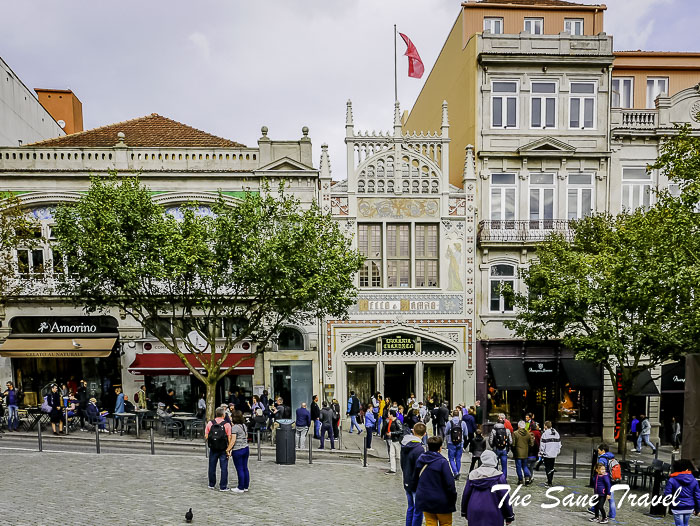
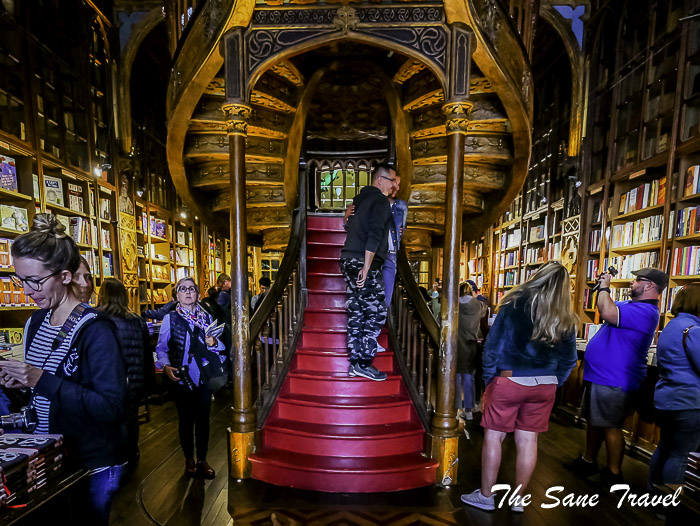
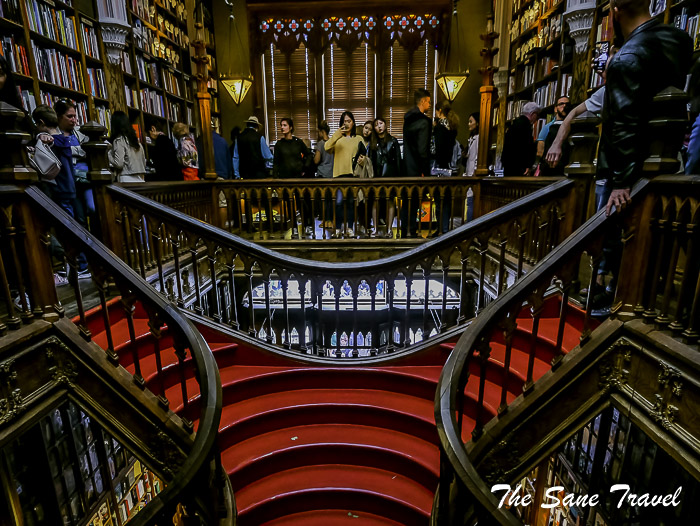
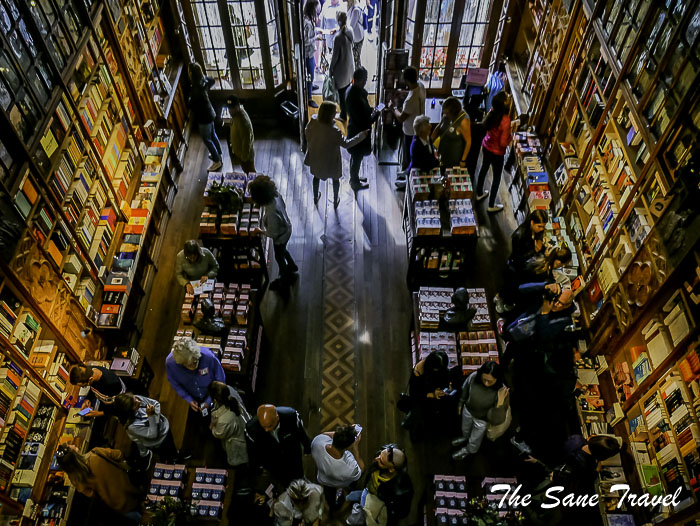 Make sure to buy your attendance voucher on the Internet and be prepared for a line if you are traveling in high season. Remember that you can exchange your voucher for a book or brochure about the place but not for souvenirs. Then continue to Clérigos Tower to have the best views of Porto.
Make sure to buy your attendance voucher on the Internet and be prepared for a line if you are traveling in high season. Remember that you can exchange your voucher for a book or brochure about the place but not for souvenirs. Then continue to Clérigos Tower to have the best views of Porto.
Clérigos Tower
The church and the Tower are part of a baroque building from the 18th century located on an uneven street, brilliantly used by architect Nicolau Nasoni. At more than 75 metres up, after you climb 225 steps and reach the top of the tower, the view over the city is absolutely stunning. 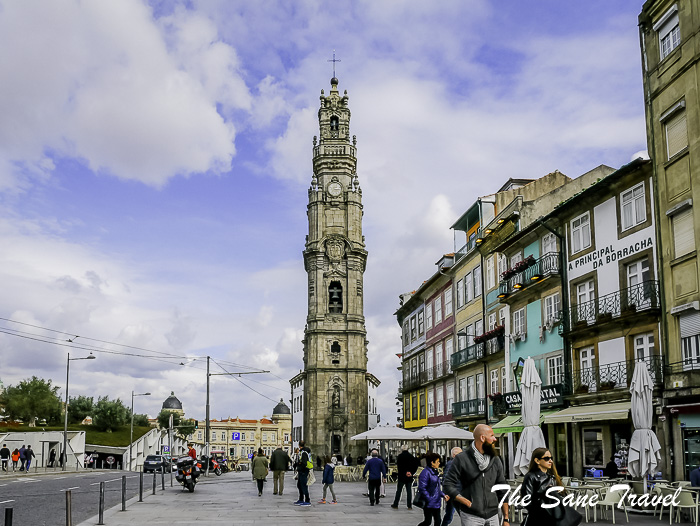
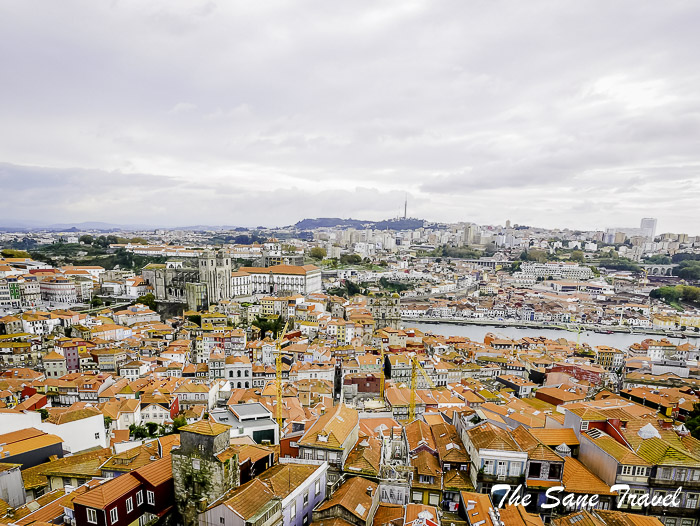
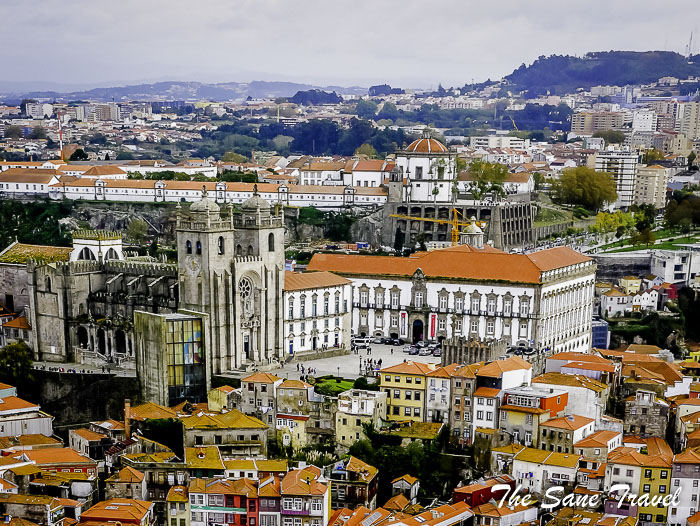 The Clerics, National Monument since 1910, underwent a “rebirth” after the renovation of 2014 has restored to it all the splendour and beauty.
The Clerics, National Monument since 1910, underwent a “rebirth” after the renovation of 2014 has restored to it all the splendour and beauty.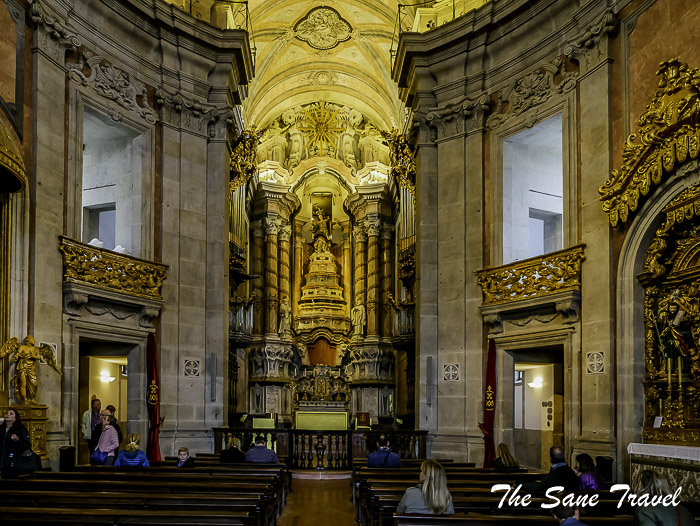 It’s the place where you can buy a combined ticket for three important monuments of the city: Clérigos Tower, MMIPO - Museu da Misericórdia do Porto and Palácio da Bolsa, so take your chance. Then continue to MMIPO.
It’s the place where you can buy a combined ticket for three important monuments of the city: Clérigos Tower, MMIPO - Museu da Misericórdia do Porto and Palácio da Bolsa, so take your chance. Then continue to MMIPO.
MMIPO - Museu da Misericórdia do Porto
It is located in the historic centre of Porto, at Rua das Flores, in the building that used to be the head office of the institution from the mid 16th century up to the beginning of the 21st century. The space of the museum includes the 16th century Church of Santa Casa da Misericórdia and the Gallery of Benefactors, an example of the architecture of iron and glass in the city.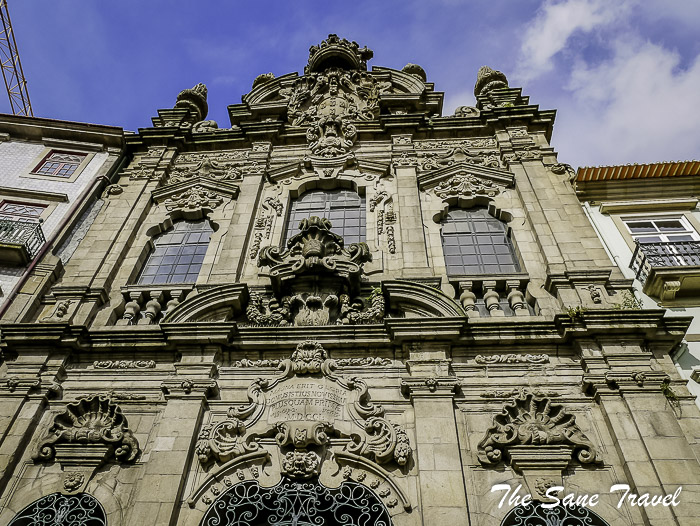
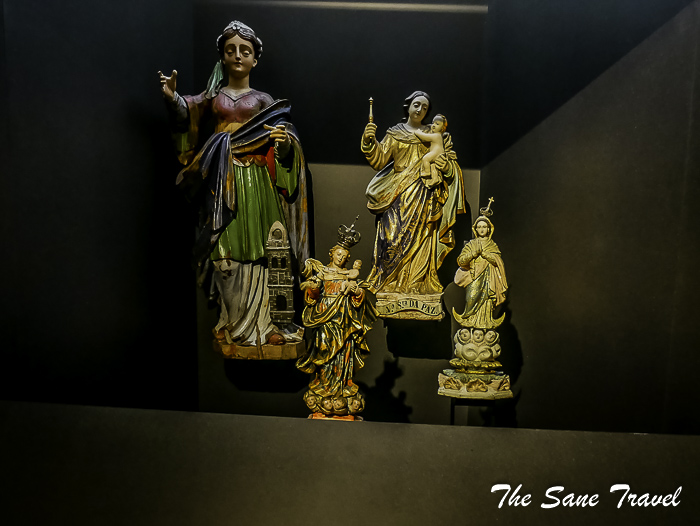
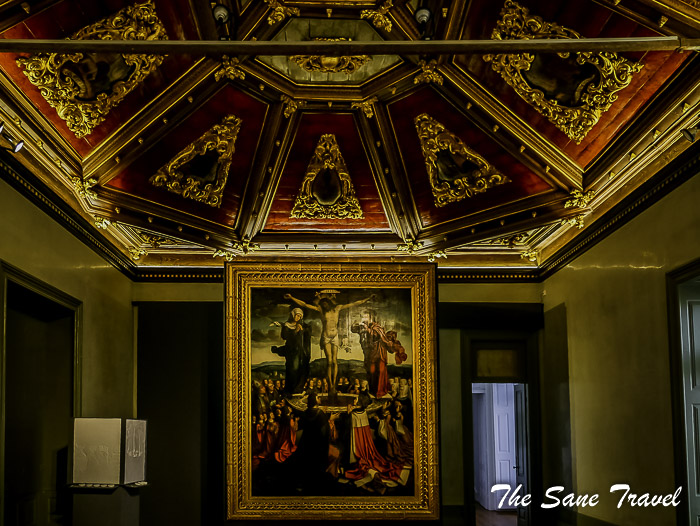
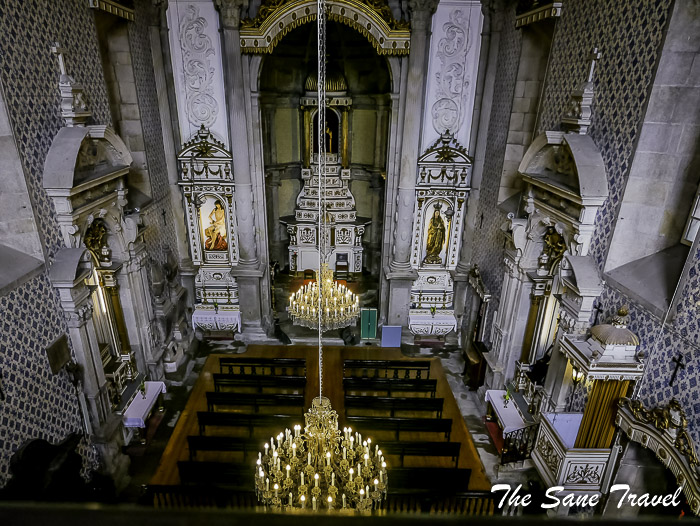 Then go to the nearby Bolsa Palace.
Then go to the nearby Bolsa Palace.
Bolsa Palace
Palácio da Bolsa, headquarters and property of Associação Comercial do Porto, is a neoclassical style building. Its construction started in the middle of the 19th century. 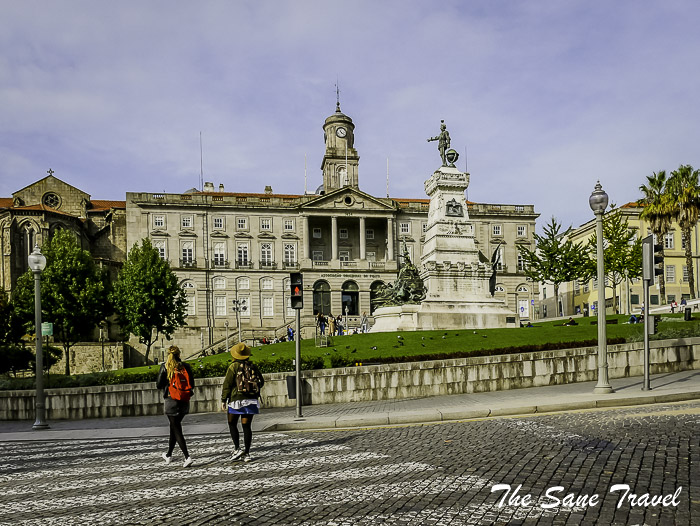 The works and decoration of Palácio da Bolsa were completed in 1909, on the occasion of the visit of King D. Manuel II. Some rooms in this building are true masterpieces; you will love the Nations Courtyard and the Arab room. The Nations Courtyard (Pátio das Nações) is decorated with a painted coats-of-arms of Portugal and the countries with which Portugal had commercial relations in the 19th century.
The works and decoration of Palácio da Bolsa were completed in 1909, on the occasion of the visit of King D. Manuel II. Some rooms in this building are true masterpieces; you will love the Nations Courtyard and the Arab room. The Nations Courtyard (Pátio das Nações) is decorated with a painted coats-of-arms of Portugal and the countries with which Portugal had commercial relations in the 19th century. 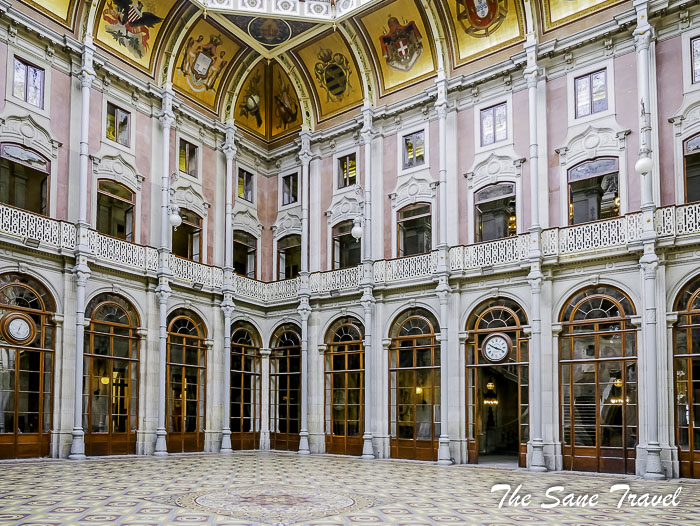
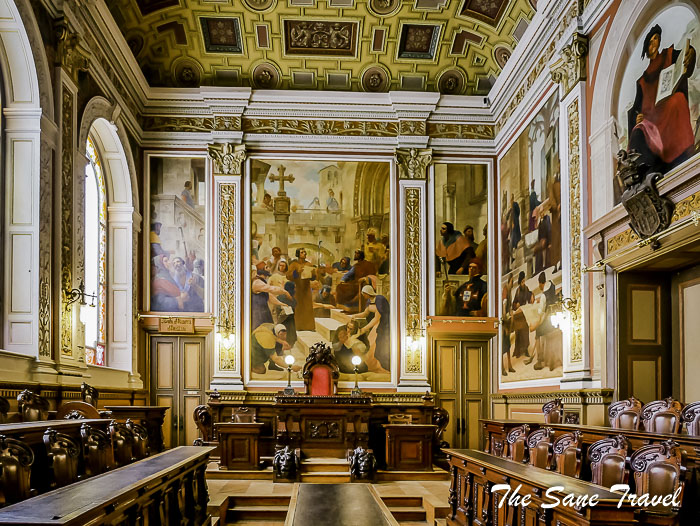
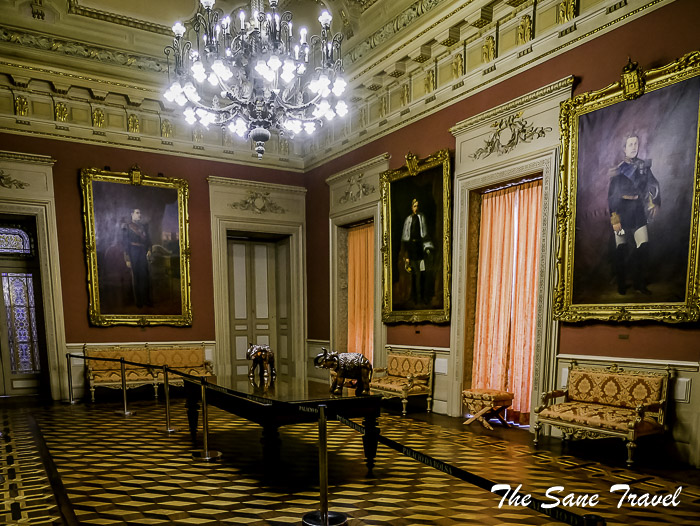 The biggest masterpiece of the Palace is, however, the Arab Room. It took 18 years to complete and it is decorated in an exotic Moorish style, fashionable in the 19th century.
The biggest masterpiece of the Palace is, however, the Arab Room. It took 18 years to complete and it is decorated in an exotic Moorish style, fashionable in the 19th century. 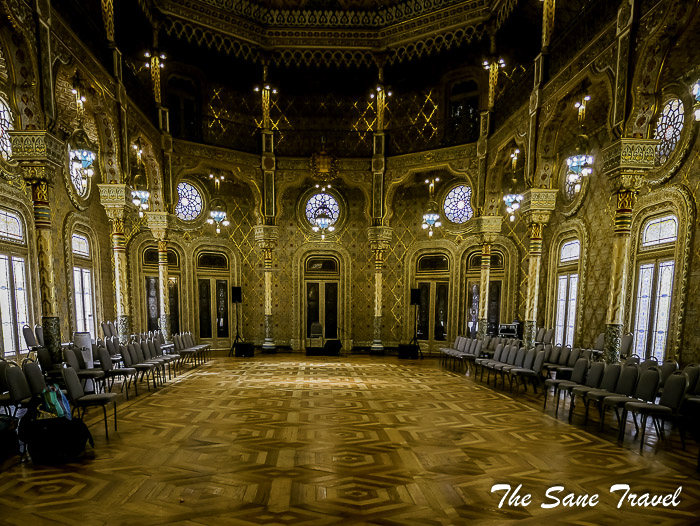 The palace is only accessible with guided tours lasting approximately 45 minutes. Languages: Portuguese, Spanish, French, and English. Check the availability of the tour on your arrival. The next stop on your tour is Sé Catedral do Porto.
The palace is only accessible with guided tours lasting approximately 45 minutes. Languages: Portuguese, Spanish, French, and English. Check the availability of the tour on your arrival. The next stop on your tour is Sé Catedral do Porto.
Sé Catedral do Porto
The historic, fortress-like Romanesque church dates from the early 12th century, though its construction was completed in the 13th century, making the cathedral one of the oldest buildings in Porto. There are great views from the cathedral's terrace over the UNESCO World Heritage old town of Porto. The cathedral is flanked by two cupola-topped towers, with a magnificent rose window under the central arch. The interior cloisters are built in the Gothic style. They are lined with magnificent azulejos tiling. Later, in the 17th and 18th centuries, the exterior and the interior look of the cathedral were changed to fit baroque taste. 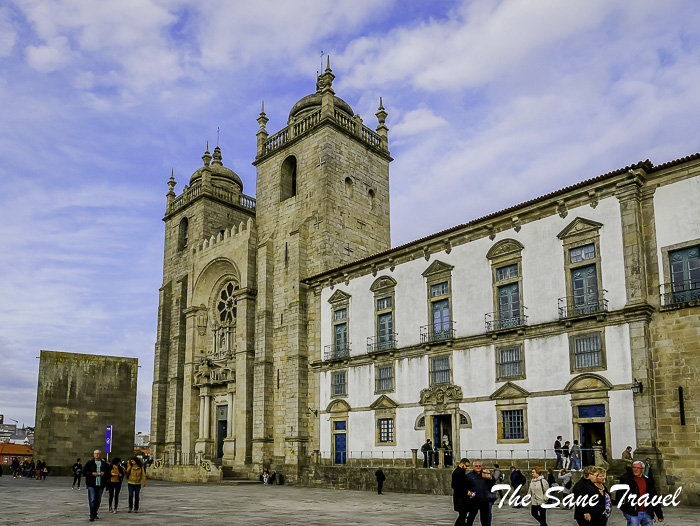
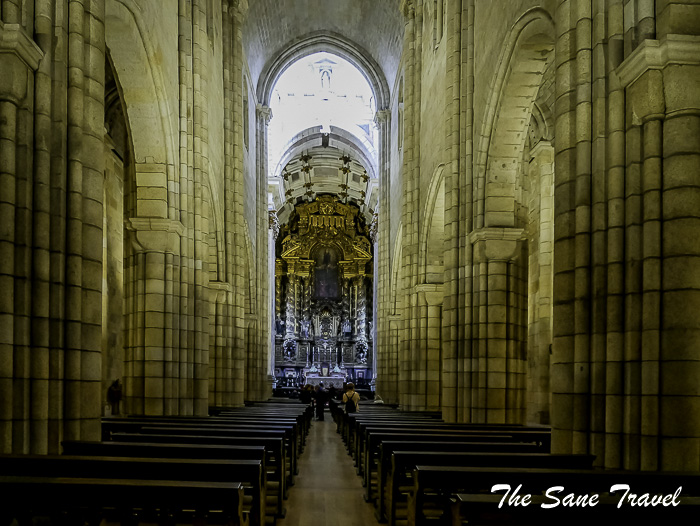
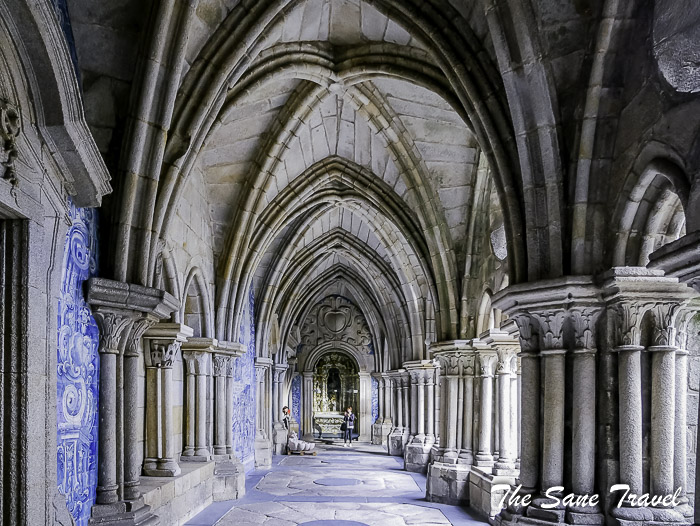
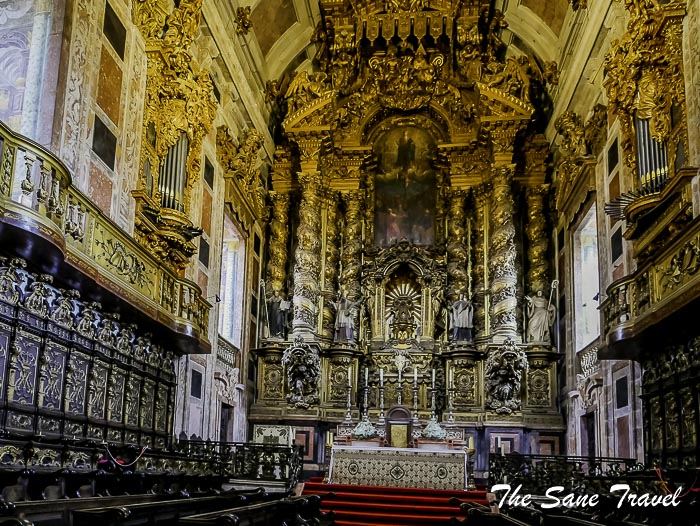
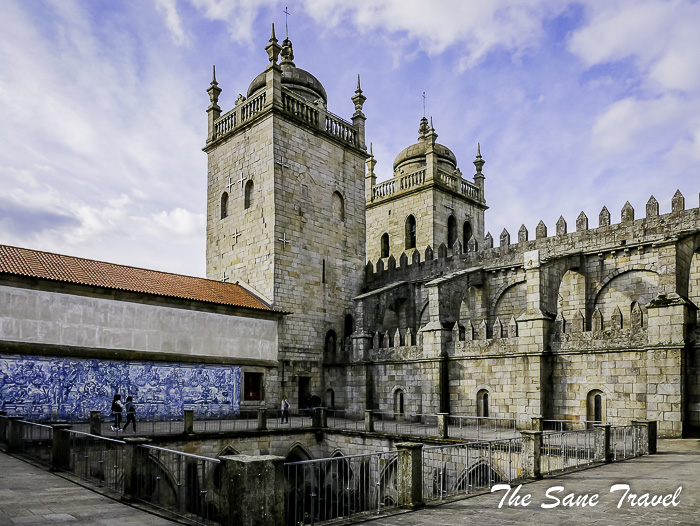
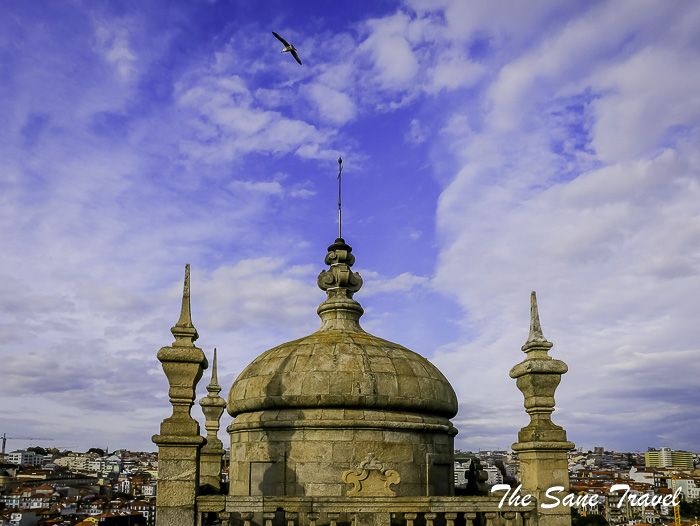
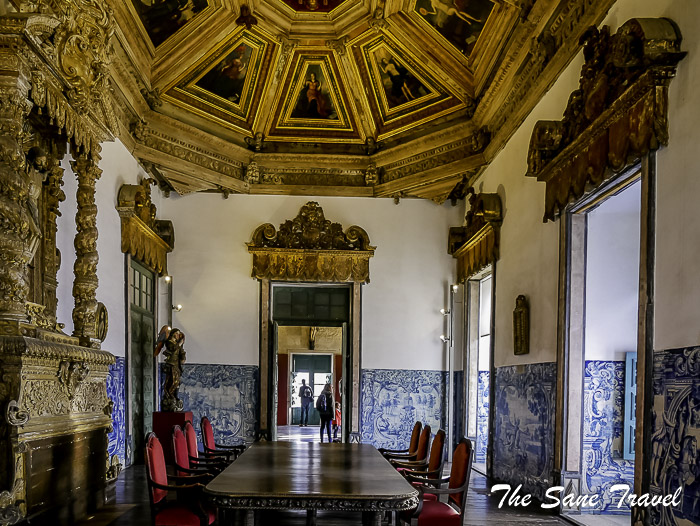
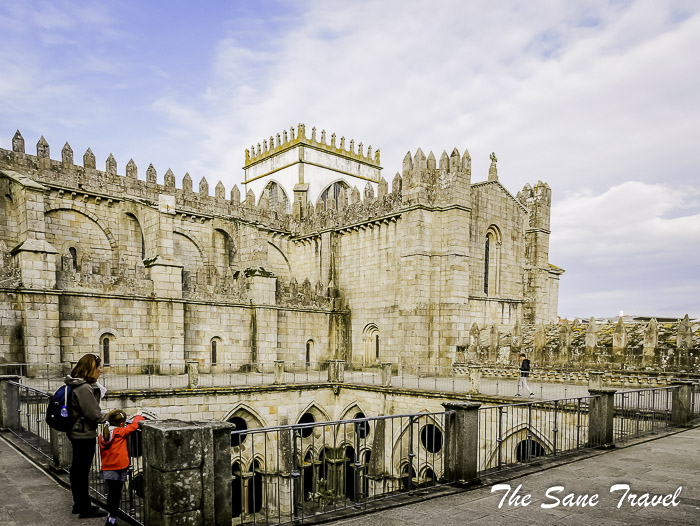 A part of this architectural complex is the magnificent building of the Episcopal Palace dating back to the 12th century.
A part of this architectural complex is the magnificent building of the Episcopal Palace dating back to the 12th century.
Address: Terreiro da Sé 4050-573. Then make your way down to the lower level of Dom Luis I bridge getting the best views of the bridge on your way.
Dom Luis I bridge
Dom Luis I bridge connects Porto with Vila Nova de Gaia across the Douro River. The river flows for over 500 miles from north-central Spain all the way to the Atlantic Ocean and is the lifeblood of the region. Port wine was traditionally floated down the river in flat-bottomed boats to be cellared in Porto, but these days, much of the river traffic is cruise boats. Rio Douro translates from Portuguese as a river of gold. The double-decker Dom Luis I bridge designed by German architect Téophile Seyrig is an icon of the city of Porto. Its construction took place in the late 19th century, with the bridge being built adjacent to an existing bridge which it replaced. The granite pillars of the old bridge are still standing on the Ribeira side, making the gate posts. One of the notable features of the Ponte Dom Luís I is its two levels; one on top of the arch and the other suspended below it. These days, the top carries the Porto Metro trains as well as has a pedestrian walkway.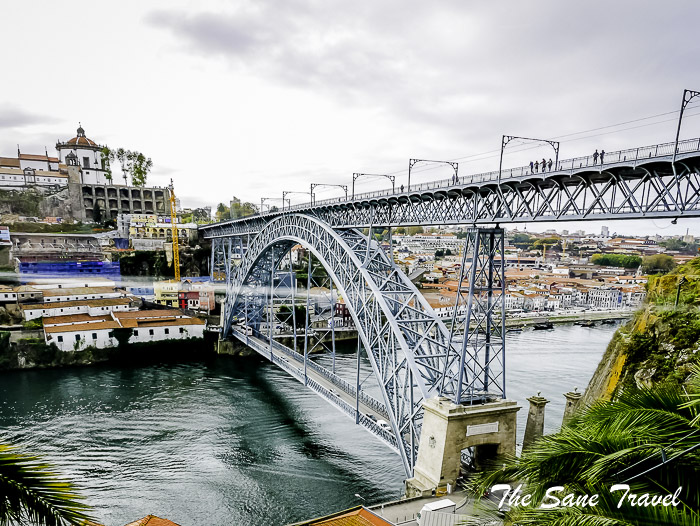
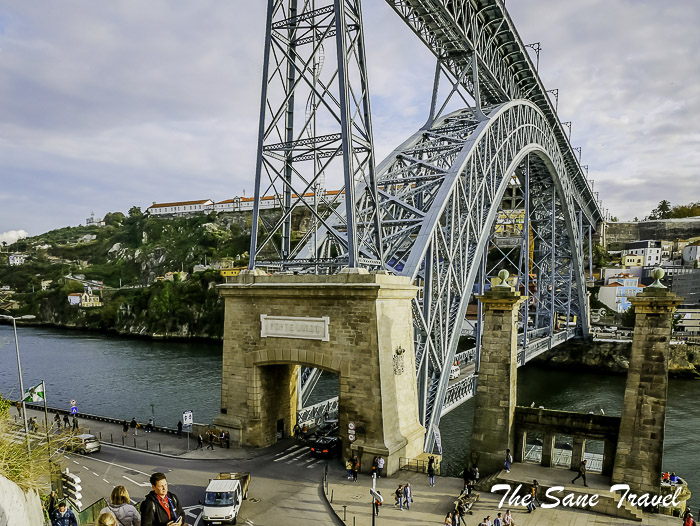
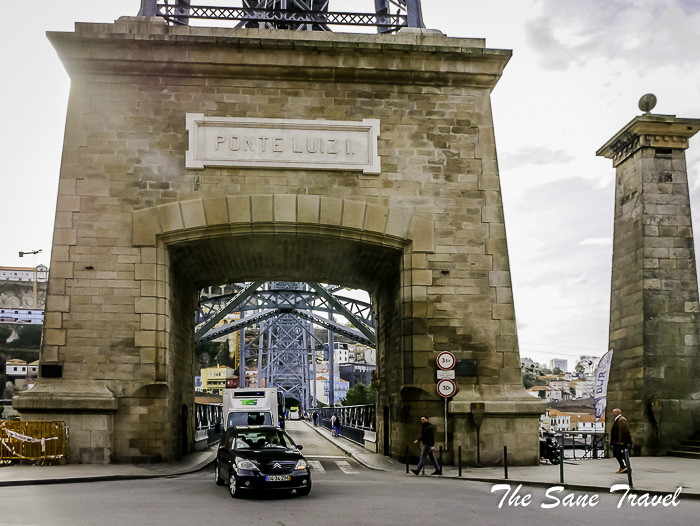
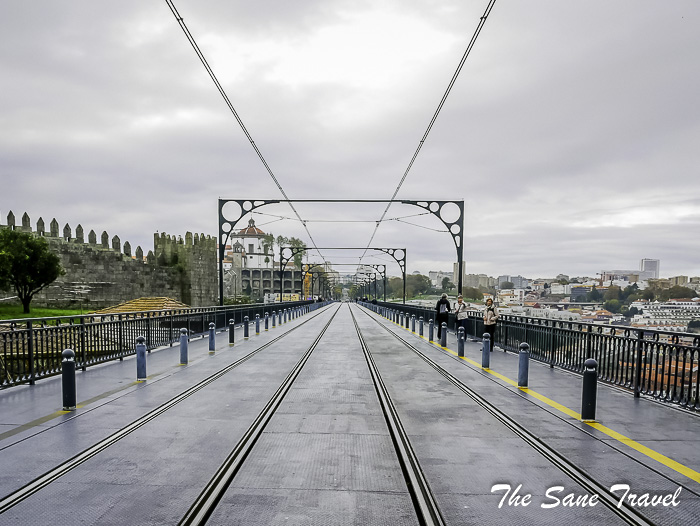 Altogether, Porto has six bridges starting in Porto and ending in Gaia. Gaia is the place for Port Tasting and Tours. Porto is famous for its Port (a rich fortified wine), which is matured in the vast cellars that line the southern banks of the Douro River. My choice was the Calem Port wine tour and fado show.
Altogether, Porto has six bridges starting in Porto and ending in Gaia. Gaia is the place for Port Tasting and Tours. Porto is famous for its Port (a rich fortified wine), which is matured in the vast cellars that line the southern banks of the Douro River. My choice was the Calem Port wine tour and fado show.
Calem Port wine tour and fado show
Producing quality wine since 1859, Cálem Cellars is still one of the main wineries in Porto with excellent tours and wine tastings. It has been a family business for four generations and has won numerous awards and prizes. This tour covers everything you need to know about Port Wine, from the vineyard to the glass, in a unique format that includes an interactive museum tour, a guided tour, and a premium wine tasting. You will have the opportunity to taste two wines, Cálem Fine White and Cálem 10 Years Old Tawny, and enjoy about 45 minutes long Fado Show. 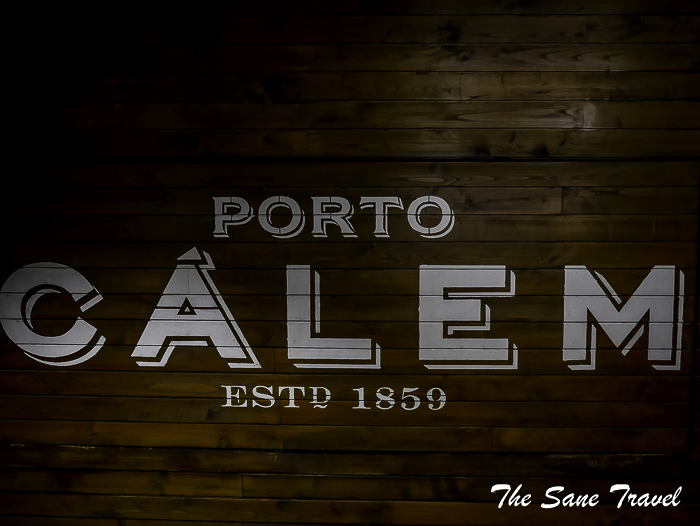
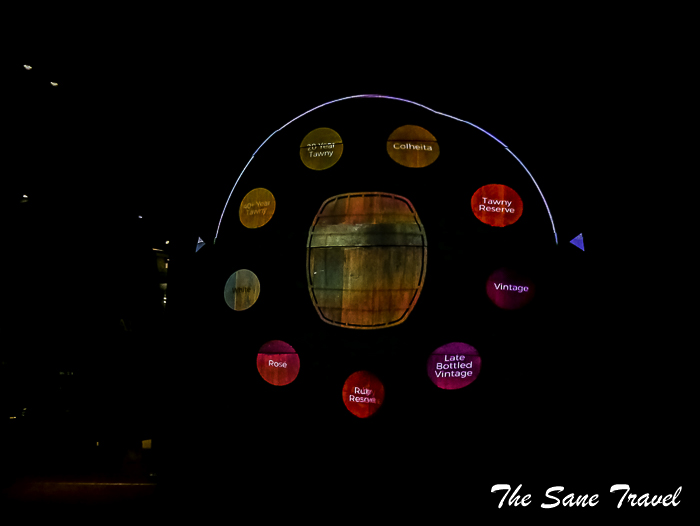
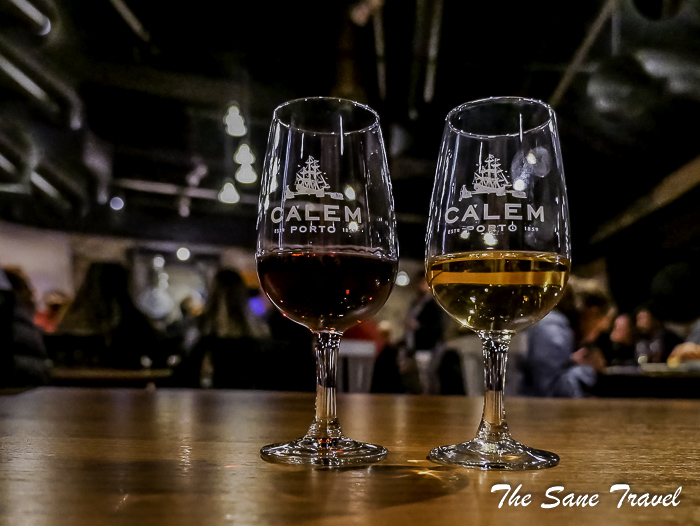
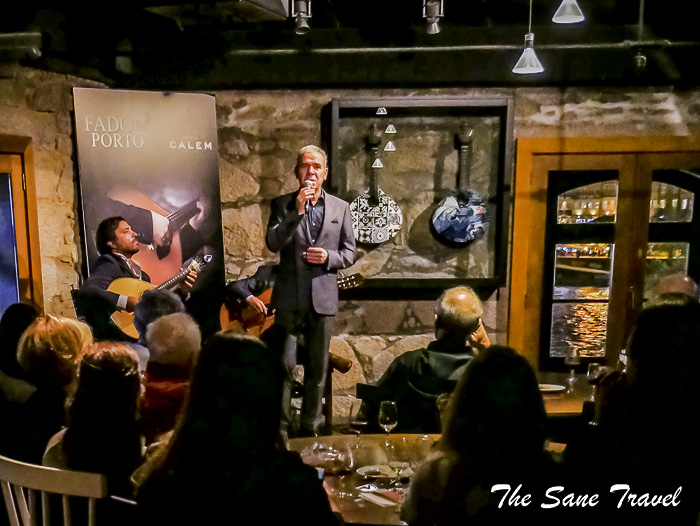
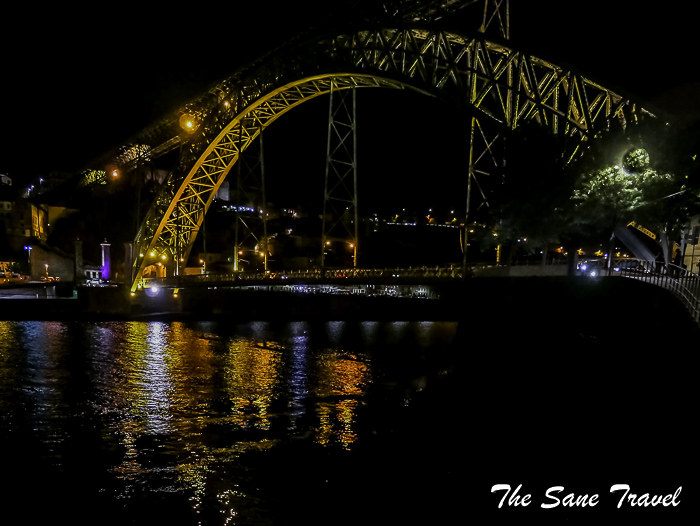 It’s better to book your tour in advance on their website. After the tour, you can have dinner in one of the nearby restaurants or return to your hotel for a good night's sleep.
It’s better to book your tour in advance on their website. After the tour, you can have dinner in one of the nearby restaurants or return to your hotel for a good night's sleep.
Address: Avenida Diogo Leite, 26
Practical information
Porto is walkable but because of its location on steep river bank quite soon you will recognise that you have to walk steep slopes and numerous stairs. If it's fine for you you will enjoy your walking tour. It's quite obvious that comfortable walking shoes are a must. This tour can take all day for you because of visits to museums and churches included and not to forget a wine tour in the end. I visited Porto at the end of October and advise also to you to go to this beautiful city in the shoulder season otherwise it might get too crowded to enjoy. 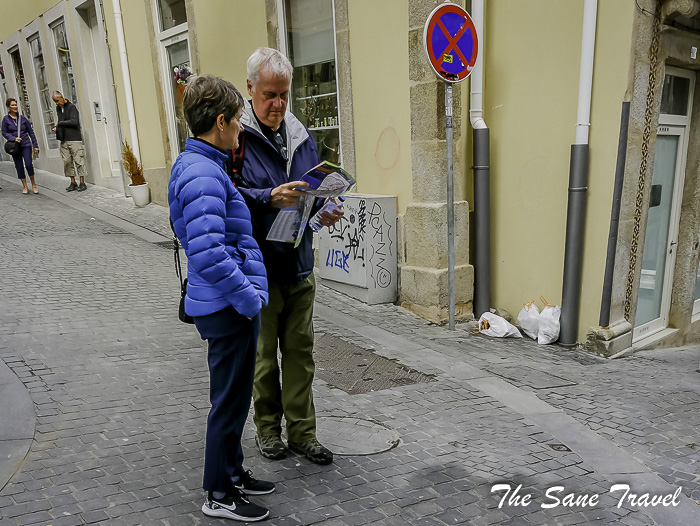
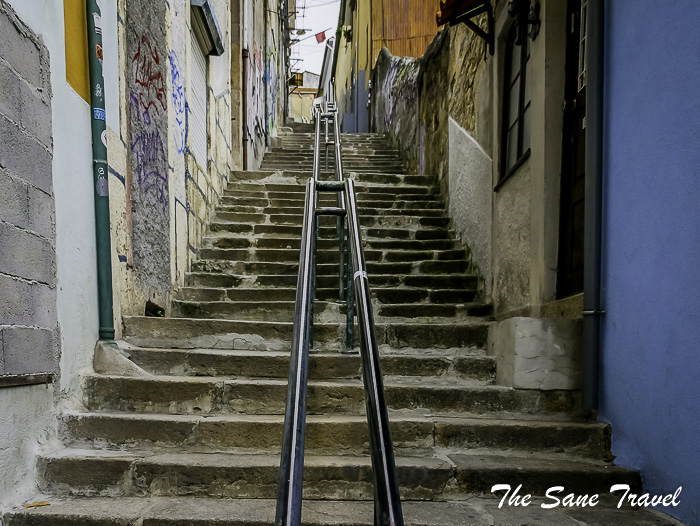 Like it? Pin it!
Like it? Pin it!

What did you think? Have you been to Porto, Portugal? Or perhaps you’re thinking of visiting there in the near future? Either way, I’d love to hear from you so please add your comments below.
Author: Anita Sāne

About the author
Anita is a part-time traveller, passionate photographer and a retired career woman from Latvia, travelling mostly solo for more than 15 years. She is a skilled travel planner who plans and executes her travels by herself. Anita wants to show you how to travel the world and open your mind to new experiences. Follow her on Facebook, Instagram, Pinterest, Twitter and Bloglovin.

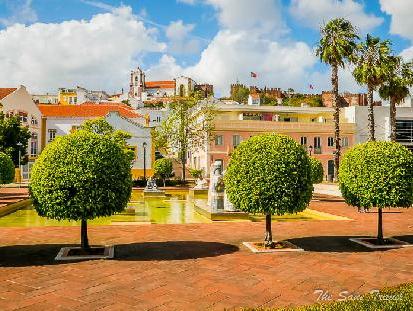





I have only been to the island of madeira in portugal, but I am totally up for some more exploring of that country :)
Cheers,
Susan
Report
My comments